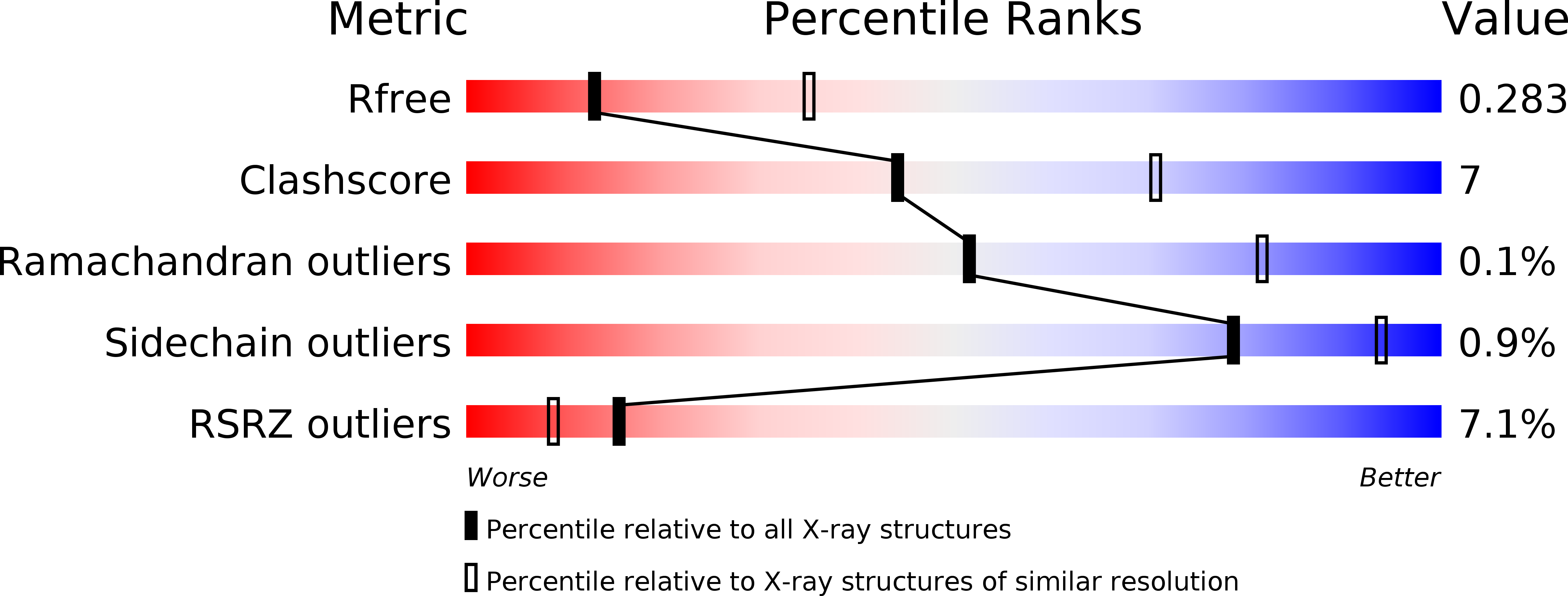
Deposition Date
2016-02-20
Release Date
2016-07-27
Last Version Date
2023-11-08
Entry Detail
Biological Source:
Source Organism:
Saccharomyces cerevisiae (strain ATCC 204508 / S288c) (Taxon ID: 559292)
Saccharomyces bayanus (Taxon ID: 4931)
Saccharomyces bayanus (Taxon ID: 4931)
Host Organism:
Method Details:
Experimental Method:
Resolution:
2.80 Å
R-Value Free:
0.28
R-Value Work:
0.23
R-Value Observed:
0.23
Space Group:
P 21 21 2


